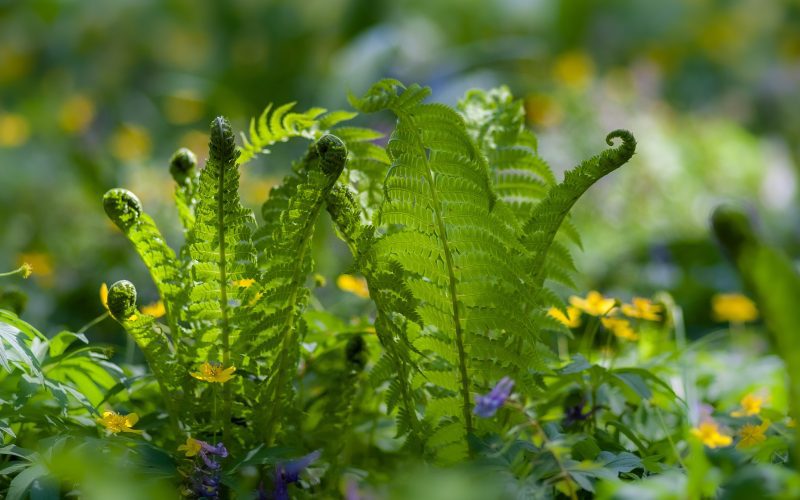Subheading 1: The Essence of Zen Gardens
Zen gardens, also known as Japanese rock gardens or dry landscapes, have captivated people for centuries with their minimalist beauty and serene ambiance. Rooted in Zen Buddhism, these gardens are carefully designed to create a peaceful retreat and promote meditation and contemplation. One of the key elements that contribute to the harmonious atmosphere in Zen gardens is the careful selection and arrangement of plants. In this article, we will explore how plants play a crucial role in crafting serenity and tranquility in these remarkable spaces.
Subheading 2: The Art of Plant Selection
When it comes to selecting plants for a Zen garden, simplicity and symbolism are key. The focus is on choosing a limited number of plants that complement the overall design while conveying a deeper meaning. In Zen philosophy, each plant is believed to possess its own unique energy and symbolism. For instance, moss is often used to represent tranquility and endurance, while bamboo embodies strength and flexibility. By carefully considering these qualities, garden designers can create a symphony of natural elements that resonates with the visitor’s senses.
Subheading 3: The Power of Texture and Color
In Zen gardens, the interplay of textures and colors is essential for evoking a sense of harmony. Smooth pebbles, rough rocks, and delicate sand patterns create a tactile experience, inviting visitors to touch and feel the garden’s elements. Similarly, carefully chosen plants contribute to this sensory tapestry. The juxtaposition of fine grasses with bold foliage, such as the slender leaves of Japanese maple trees, creates a visual rhythm that is both calming and captivating. Subdued shades of green, complemented by occasional splashes of vibrant flowers, offer a soothing palette that harmonizes with the natural surroundings.
Subheading 4: Form and Balance
Zen gardens are renowned for their meticulous attention to detail and balance. The arrangement of plants is guided by the principles of asymmetry and simplicity. Carefully positioned focal points, such as solitary trees or perfectly placed stones, draw the eye and provide a focal point for contemplation. Low-growing plants are often used to create a sense of grounding and stability, while taller plants and trees are strategically placed to frame views and create a sense of depth. The careful consideration of form and balance in plant selection and placement ensures that every element contributes to the overall serenity of the garden.
Subheading 5: Nature’s Rhythms and Seasons
Zen gardens reflect the ever-changing beauty of nature and its cycles. By selecting plants that thrive in different seasons, the garden becomes a living canvas that transforms throughout the year. Cherry blossoms in spring, lush greenery in summer, fiery foliage in autumn, and serene bare branches in winter—each season brings its own unique charm and energy. The passage of time becomes an integral part of the garden’s narrative, reminding visitors of the impermanence and transience of all things.
Subheading 6: Cultivating Mindfulness
Beyond their aesthetic appeal, Zen gardens with their carefully chosen plants offer a powerful tool for cultivating mindfulness. As visitors stroll through these tranquil spaces, the subtle scents, textures, and visual elements stimulate the senses and encourage a state of present-moment awareness. The deliberate arrangement of plants, combined with the absence of distractions, creates a sanctuary where the mind can find respite from the noise and chaos of everyday life. These gardens become a refuge, inviting individuals to slow down, breathe deeply, and reconnect with themselves and the natural world.
Conclusion:
In the symphony of nature that is a Zen garden, plants take center stage, weaving a tapestry of serenity and tranquility. From their symbolic qualities to their textures, colors, and seasonal transformations, each plant












